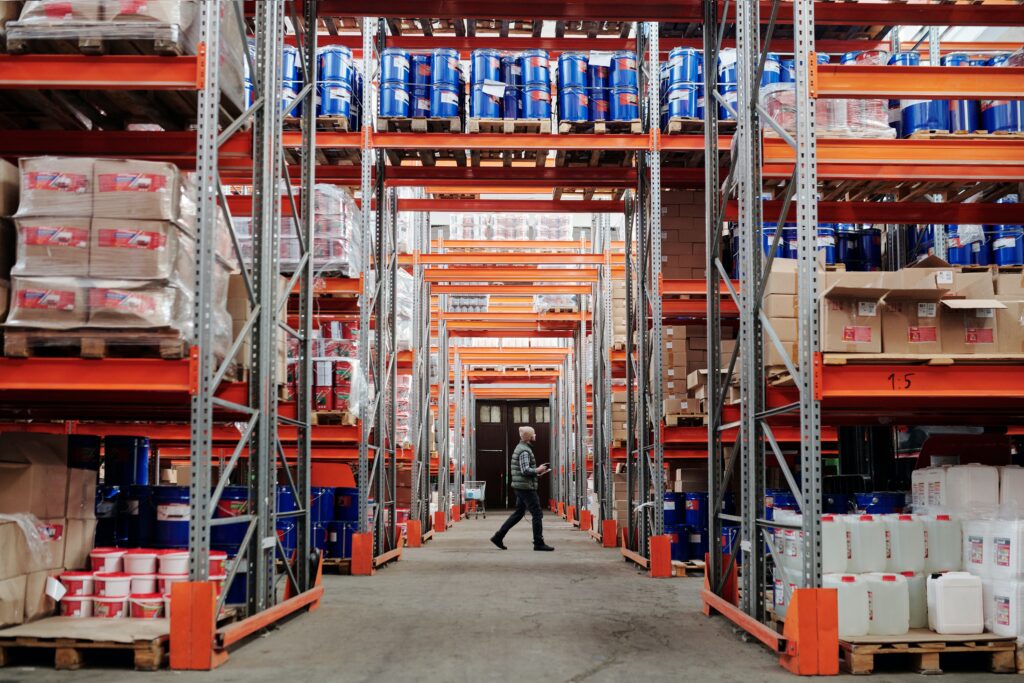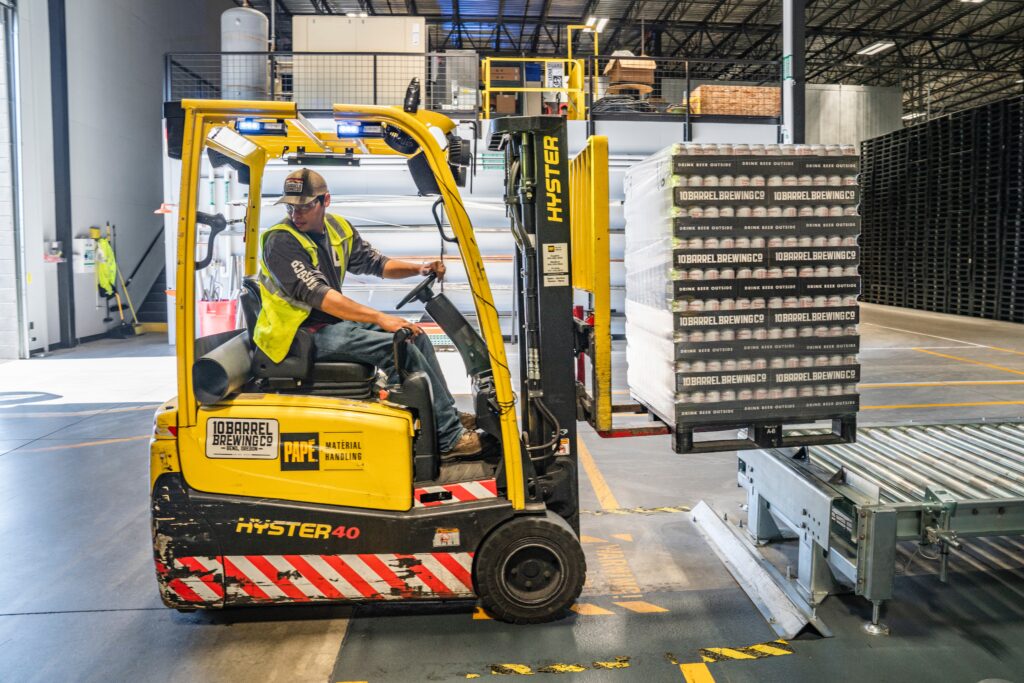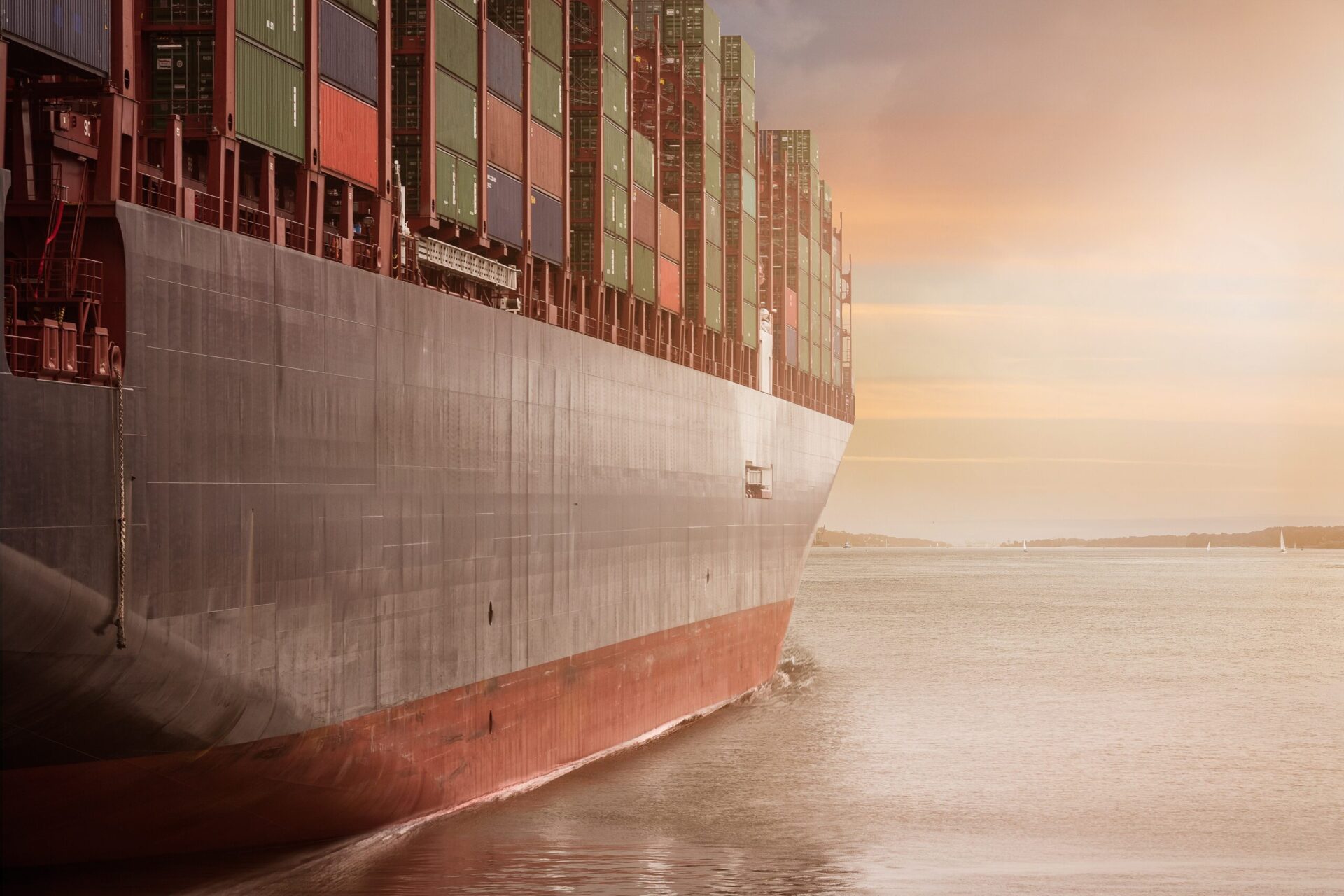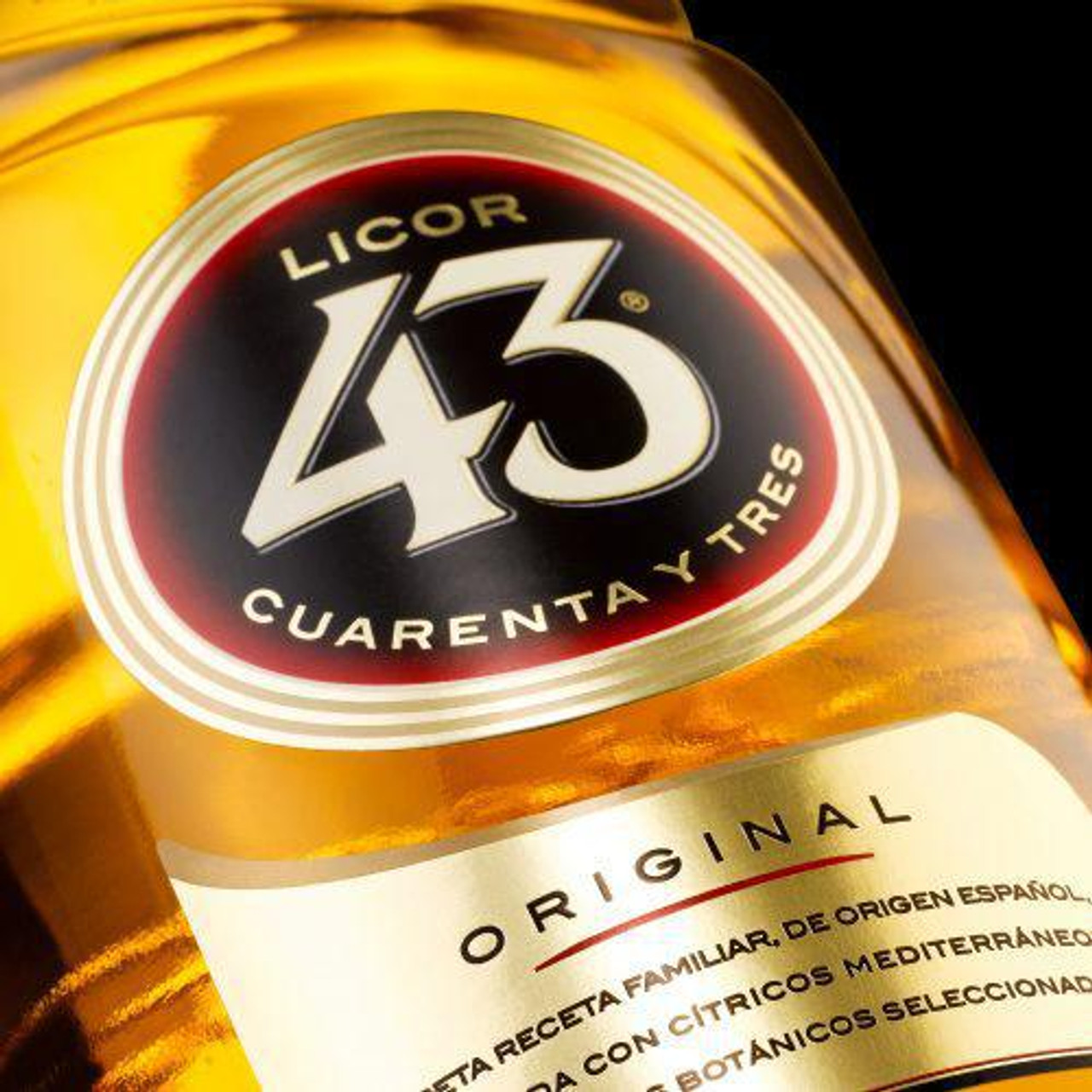T1 customs document only for outside Europe?
Worldwide transportation of alcoholic beverages requires documentation. Documents such as the T1 and T2 export documents are required to ensure the smooth transit of goods around the world. To transport goods through the European Union without paying (import) duties, a transit document is required. But what is the difference between a T1 and a T2 customs status? And what do these codes mean?
What is the difference between T1 and T2 customs status?
The difference between a T1 customs document and a T2 customs document is, besides the actual content of the The difference between a T1 customs document and a T2 customs document, besides the actual content of the cargo, is where you can sell the goods. Goods with a T1 customs status can only be sold outside the EU. Goods with T2 status can be sold both inside and outside the EU. The document that should be used generally depends on where you want or need to pay your customs duties. If you have permission from the brand owner, you can convert T1 items to T2 items to be able to sell them in the EU. Below we explain exactly what each document entails.
What is a T1 transit document?
A T1 transport document applies to products manufactured in or for use outside the EU. Products with T1 status can only be sold for circulation outside the EU. These goods cannot be traded until VAT and import duties have been paid. By issuing a T1 document, you can clear the goods domestically. This is often used when sensitive goods, such as alcohol, need to be checked by customs authorities. If you have the manufacturer’s permission, you can also sell T1 products within the EU.
When is a T1 document required?
T1 documents are required for transit goods that enter the EU, but it’s not clear if they will remain on European territory. It is also required for goods that will be stored in a bonded warehouse in the EU. As a result, no import duties need to be paid. The T1 document is also required for outbound shipments that are shipped from your bonded warehouse. When the goods arrive at their final destination, the T1 document must be closed to avoid additional duties.
Will the goods be sold within the EU? As soon as the goods are sold, they are cleared through customs so that you can market them freely.


What is a T2 transit document?
A T2 transport document refers to products manufactured in or for use within the EU. With a T2 document, you can simply drive to your destination without waiting for hours at the border. For example, if you need to go to Italy, but for logistical reasons need to drive through Switzerland (non-EU), you can pass through without paying import duties at the border by presenting a T2 export document. A T2 transport document allows you to do this as goods with T2 status are goods that are in free circulation within the EU.
When is a T2 document required?
A T2 document is used for cross-border transportation of goods within the EU and also when passing through non-EU countries during the route.
How do you get a transit document?
A wholesaler is not allowed to prepare these documents himself, as they are transport documents for customs. The transit procedure starts at the warehouse where they prepare the document. In our case this is Loendersloot Global Logistics. Then the goods are transported and checked upon arrival, after which the document is closed. In this way, customs knows which country the products are in and what excise duties are to be paid.
Check this page for more information about T1 and T2 documents!
What does a T1 or T2 document look like?
In the past, these documents were real paper documents that had to be on the move with the goods. Today, this no longer happens and the documents are stored digitally in the EMCS system where customs can track the shipment. When the goods are received, the consignee closes the document online (receipt) so that the customs in that country know what excise duties are due.
There is a lot of information that needs to be filled out for the transit document. We have listed the information that is required:
- Sender details
- Recipient details
- Total number of packages
- Total weight
- Customs tariff number
- Country of export
- Country of destination
- Place of loading/unloading
- Transit number


How do you know if the items are T1 or T2?
When buying liquor from a wholesaler, how do you know if the goods have a T1 customs status or a T2 customs status? In our Sales Portal, you can see all product information 24/7 in realtime, including the custom status. In our Sales Portal you can see all product information in real time 24/7, including customs status. You don’t have access to the Sales Portal, but you do receive our price lists? A column has been added to show the customs status of the products. Curious about our assortment? We always have more than 2,000 brands in stock!




